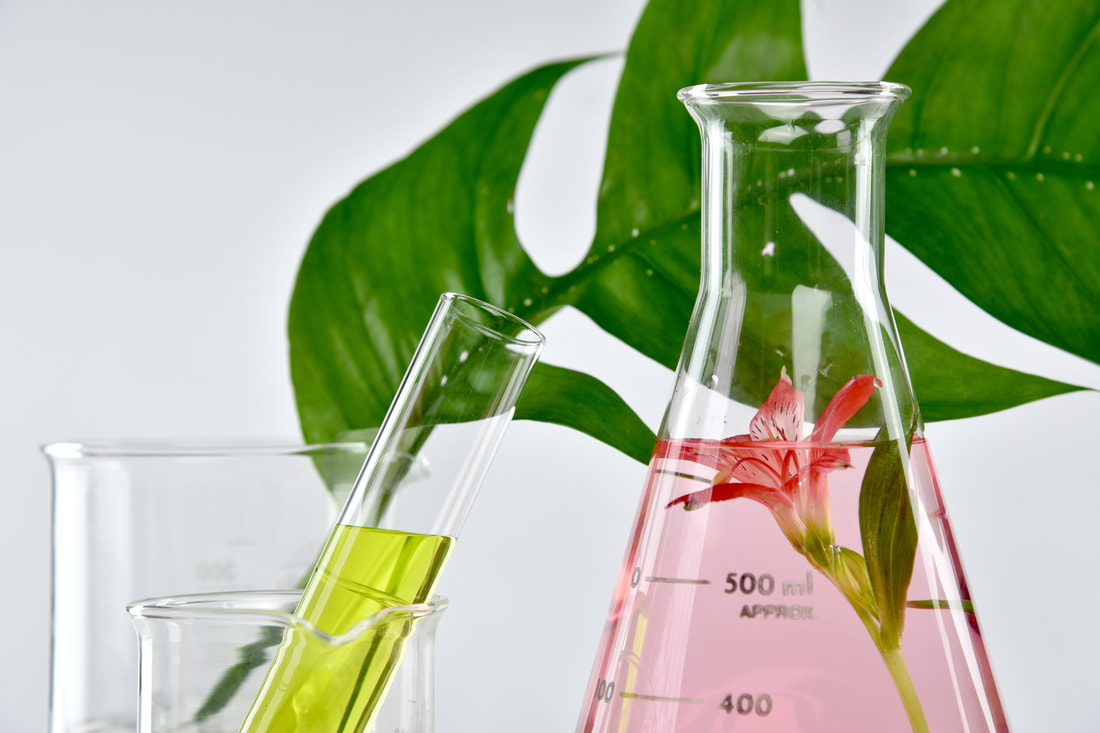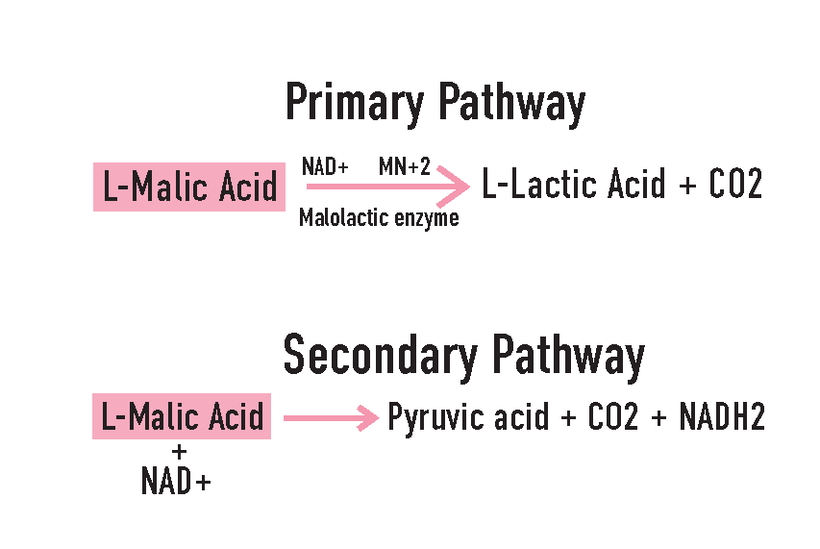Post Fermentation Flavor Adjustments
By; Brent Nakano
Once fermentation is complete adjustments like Malolactic Fermentation, Sur Life Maturation, and Blending have a profound impact on the final wine. Each has a multitude of options that a winemaker can choose from to influence the wine.


